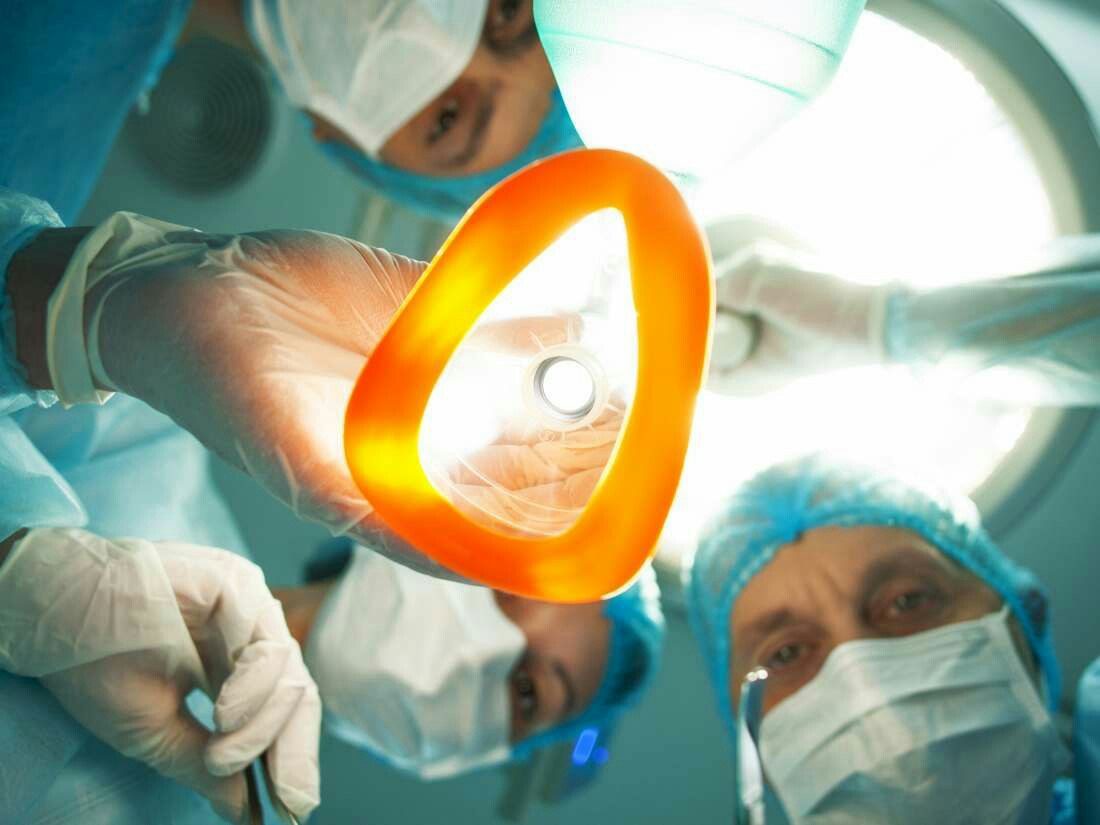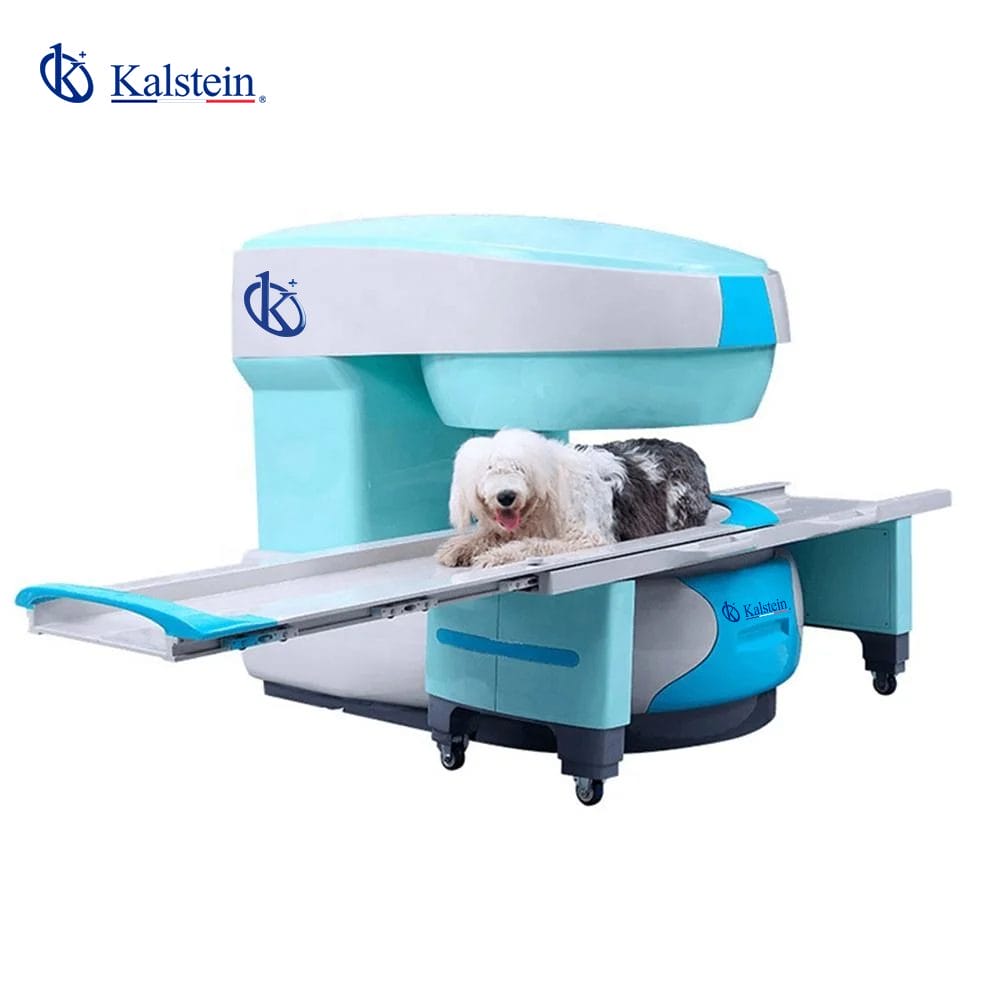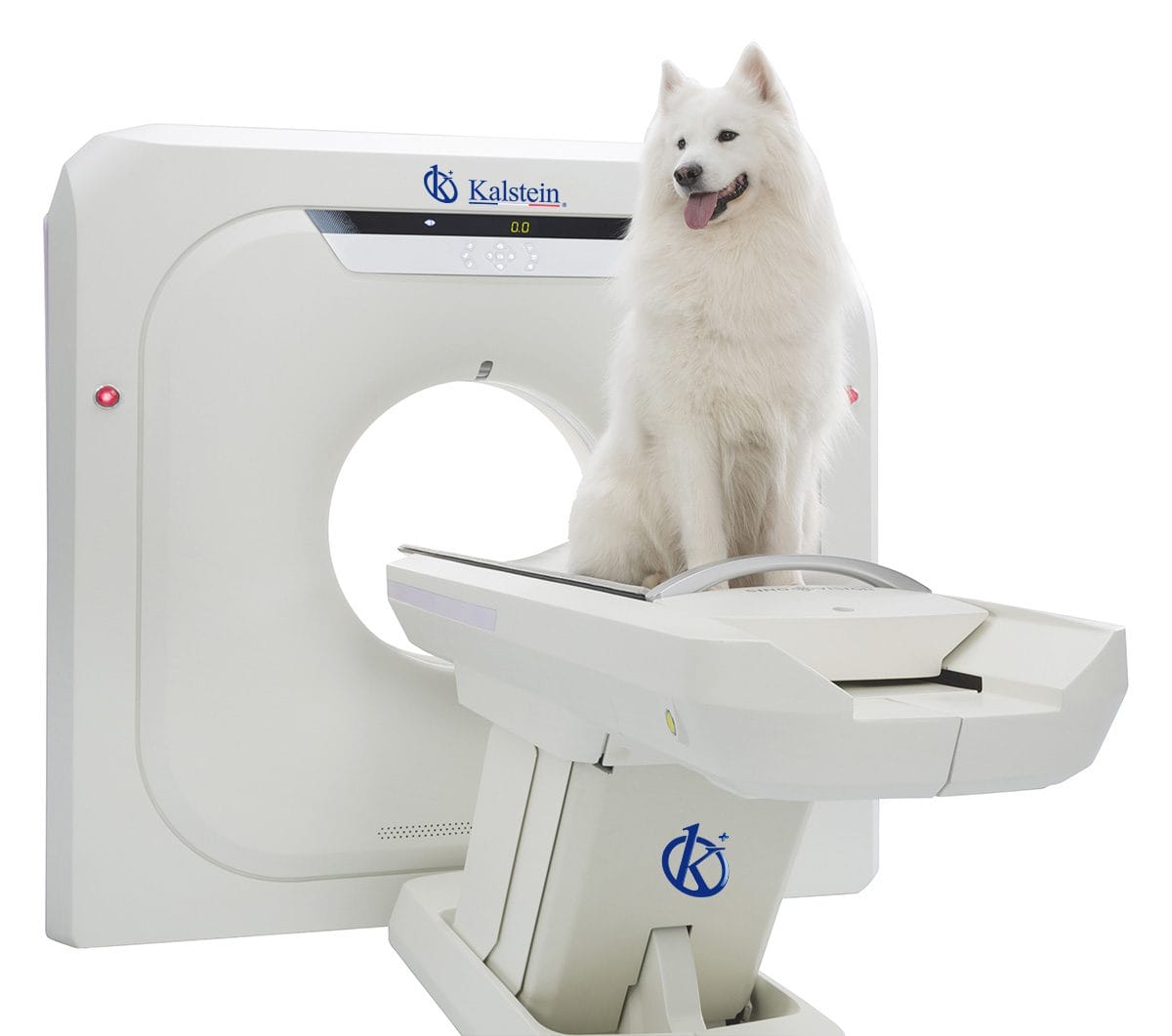Becoming familiar with the anesthesia machine is one of the basic tasks for the anesthesiologist, for which it requires not only to know how it works, but also the basic characteristics that its components are in accordance with the safety standards, being the main area of the anesthesiologist’s work and that at the same time allows him to choose and combine measured gases, vaporize exact amounts of anesthetic gases and therefore administer controlled concentrations of anesthetic mixture through the airways.
Despite the diversity of anesthetic devices manufactured in the world, its functional aspects are practically similar; it can serve as a table for equipment, accessories and medicines, it has drawers to store what is necessary, as well as maintenance and operation manuals.
Being the most frequent work area by the anesthesiologist some characteristics should be observed such as construction materials, resistance thereof, placement of monitors, flowmeters, their characteristics, oximeters, spirometers, manometers, and lighting that must be indirect and diffuse so that indicators and alarms are easily located without major head displacements or eyes of the anesthesiologist.
A little history
Initially, the first devices to administer anesthesia were metal or glass vessels partially filled with diethyl ether or chloroform where the patient inhaled the fumes, increasing their evaporative surface through sponges, gauze pads, copper ducts or wide-surface containers. Chloroform was applied in known volumes in air pockets, pumping air through the liquid without regard to patient ventilation. Less potent nitrous oxide was directly inhaled from gasometers or oily silk bags.
In 1903 Harcourt used unidirectional valves for chloroform application and by applying heat could increase liquid vaporization. N2O was prepared in compressed form from 1880 by dentist White of New England but its clinical application despite the advantages of compressed gases, was not used due to the lack of reduction valves. Between 1910 and 1930 the inventions, research and scientific studies of several anesthesiologists revolutionized the design of anesthesia machines. From 1930 onwards the design and basic function of the anesthetic apparatus is very similar to those used today, its main characteristics being safety for patients, built with materials increasingly of better quality, development of vaporizers from the copper pot (1940) to those currently used.
How do these computers work?
The gases currently used in anesthesia are O2, air and N2O, the hospital usually distributes them to the operating room through pipes, which can fail or the devices must be used in areas without pipes. The anesthesia apparatus has cylinders of compressed gas reserve size E, in some places that there is no source of central O2 are used the so called madrina tank which are of size G with pressures of 750 to 2000 psi and by reducing valves they are adjusted of 35 to 50 Psi thus allowing its use. They go through self-monitoring safety pipes to suppress anesthetic gases if O2 pressure is reduced, with audible alarms, then they go through needle valves and flow meters into the vaporizers and into the patient. All equipment has manual O2 fast flow valves to quickly fill the circuit.
At Kalstein we offer you a sophisticated anesthesia machine, designed with the highest technology and quality. That’s why we invite you to drop HERE



